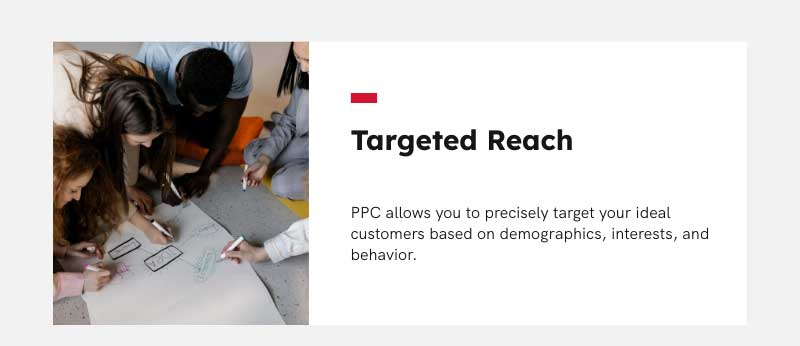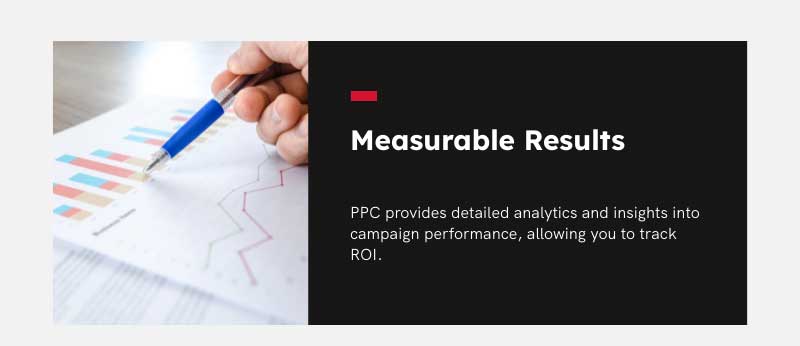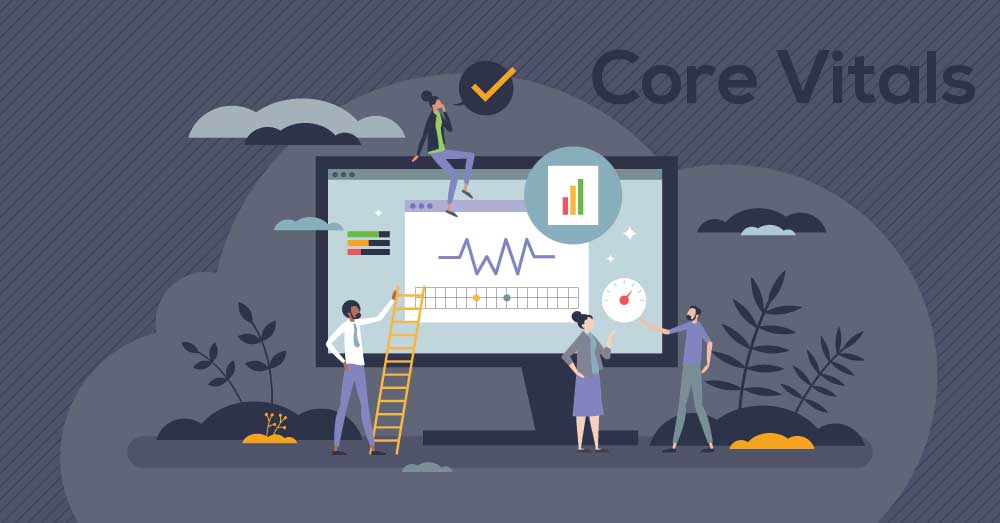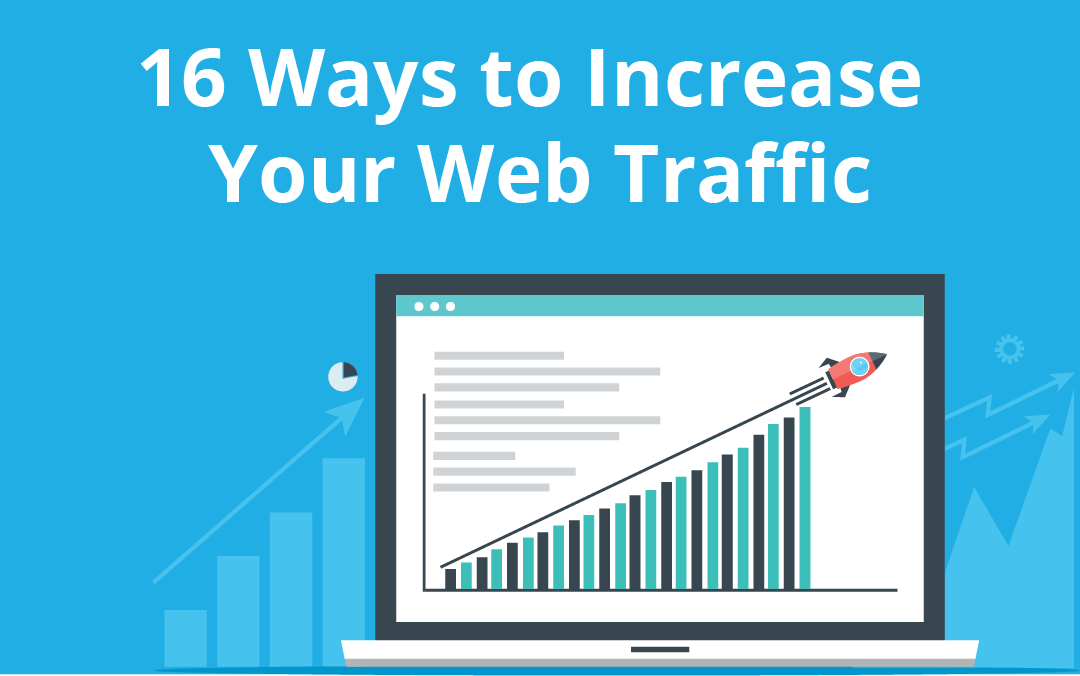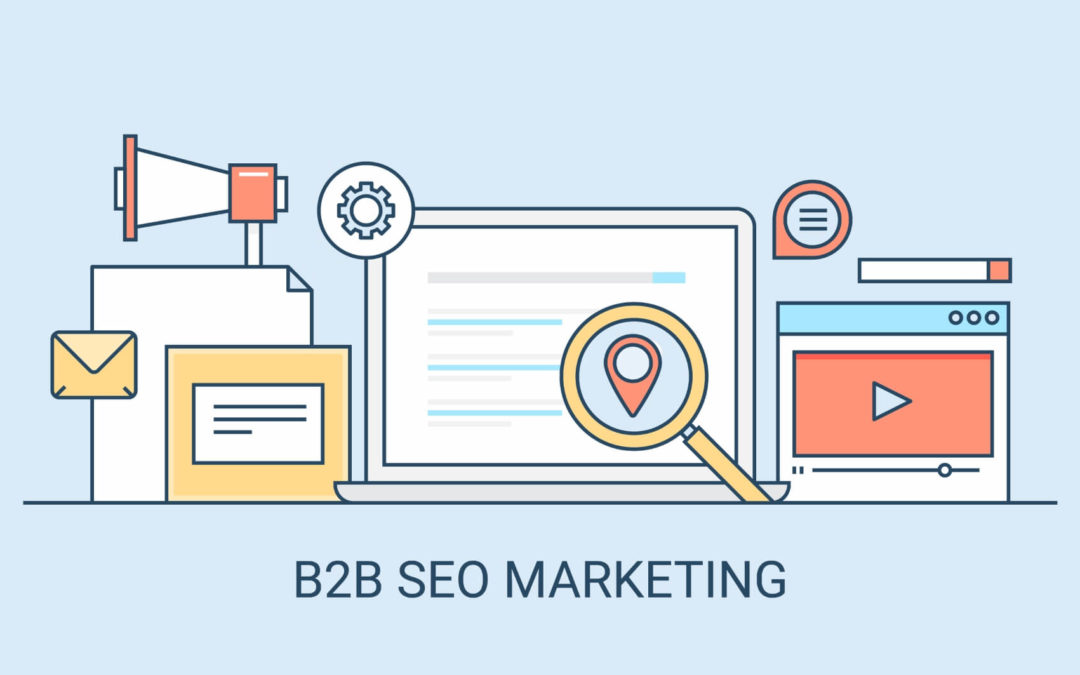In the ever-shifting world of SEO, few things stay the same. Algorithms evolve, user expectations rise, and...

User Experience Is Still King: Core Web Vitals in 2025
In the ever-shifting world of SEO, few things stay the same. Algorithms evolve, user expectations rise, and yesterday’s best practices collect dust. But through it all, one principle holds firm: user experience isn’t optional—it’s essential. And in 2025, Google’s Core Web Vitals (CWV) remains front and center in that conversation.
What Are Core Web Vitals—And Why Do They Matter?
Search engines used to judge websites mostly by what was on the page—keywords, backlinks, metadata. But in 2020, Google changed the game with Core Web Vitals (CWV), shifting part of the spotlight from content to experience. These vitals aren’t about how relevant your content is—they’re about how it feels to use your site.
CWV focuses on three real-world performance metrics that reflect what visitors care about most: how fast your page loads, how quickly it responds, and whether it behaves the way they expect.
1. Largest Contentful Paint (LCP): Loading Performance
-
What it measures: The time it takes for the main, visible content (usually a hero image or headline) to load.
-
Target: Under 2.5 seconds.
-
Why it matters: If it takes too long to see something useful on the screen, users get frustrated or abandon the page entirely. LCP is about delivering value fast.
2. First Input Delay (FID): Interactivity
-
What it measures: The time between when a user clicks or taps something (like a link or button) and when the site responds.
-
Target: Under 100 milliseconds.
-
What’s changing: In 2025, FID is being replaced by INP (Interaction to Next Paint), a more comprehensive measure that looks at all interactions on a page, not just the first one.
-
Why it matters: Even if your site looks great, a laggy button or unresponsive navigation kills the user experience—and credibility.
3. Cumulative Layout Shift (CLS): Visual Stability
-
What it measures: How much content “shifts” as the page loads—think of buttons jumping around, text sliding down, or banners pushing things out of place.
-
Target: A score under 0.1.
-
Why it matters: Users expect a stable, predictable layout. Unexpected shifts lead to misclicks, confusion, and poor impressions—especially on mobile.
Core Web Vitals in 2025: Where We Stand
Fast-forward to today, and CWV has gone from “recommended reading” to a core part of SEO strategy. With mobile traffic dominating and 5G reducing user patience to seconds, expectations have skyrocketed. A slow or jittery site isn’t just frustrating—it’s bad for business.
Google’s recent updates now factor INP (Interaction to Next Paint) more prominently, replacing FID as a more comprehensive measure of interactivity. Unlike FID, which only measures the first interaction, INP tracks how long it takes your site to respond to all interactions throughout the session. It’s a more realistic picture of what the user actually experiences.
How Smart Businesses Are Meeting the Moment
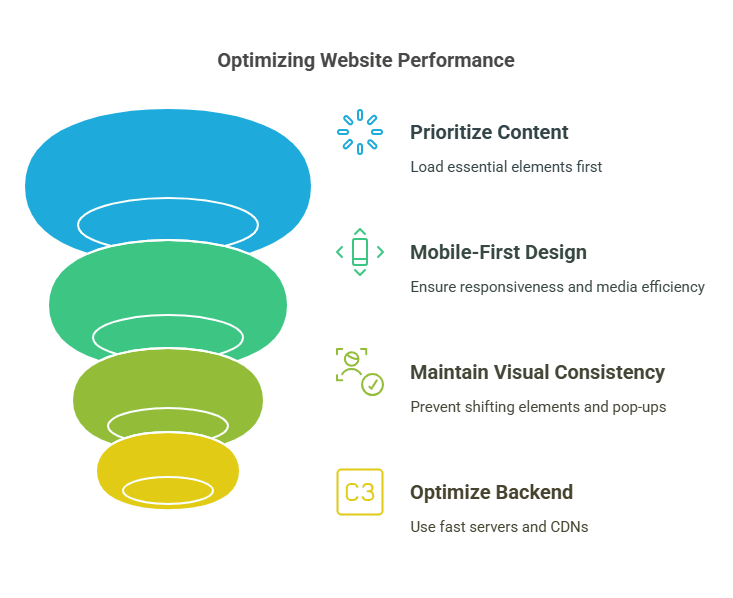
Meeting CWV standards takes more than minor tweaks—it often requires rethinking how your site is built. Here’s what top-performing sites are doing:
-
Load What Matters First: Prioritized content loading ensures users see meaningful content within seconds. Techniques like lazy loading and server-side rendering help streamline the process.
-
Mobile-First Design: With over 60% of search traffic coming from mobile devices, responsive design, optimized media, and mobile-specific layout considerations are now standard.
-
Visual Stability Over Flashy Features: Minimizing layout shifts means reducing disruptive elements like auto-resizing banners, pop-ups, and delayed-loading ads.
-
Backend Efficiency: Tools like Lighthouse and PageSpeed Insights help pinpoint bottlenecks. Improvements like using next-gen image formats (WebP, AVIF), compressing files, and leveraging CDNs all play a role.
Why Core Web Vitals Go Beyond Rankings
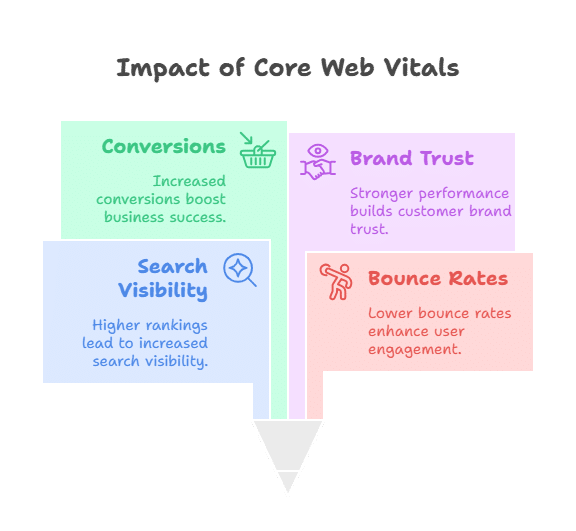
It’s tempting to view CWV as just another SEO checkbox. But improving CWV metrics doesn’t just help your rankings—it helps your bottom line.
-
Higher Engagement: Faster load times and smoother interactions keep visitors on your site longer.
-
Lower Bounce Rates: A stable, responsive page reduces the frustration that sends users back to search results.
-
Increased Conversions: Studies have shown that even a one-second delay in page load can drop conversion rates by 7% or more. In e-commerce, that can be a six-figure problem.
-
Brand Perception: A fast, stable site communicates professionalism and builds trust—especially with B2B buyers doing pre-purchase research.
Where Many Companies Struggle
Despite the clear benefits, many companies struggle to bring their CWV scores into Google’s “good” range. Older websites with bloated code, outdated plugins, or non-responsive design often need significant overhauls—not just a few line edits. Even newer sites can run into problems if they’re overloaded with animations, third-party scripts, or unoptimized media.
This is where working with a seasoned partner makes a difference.
How UnReal Web Marketing Helps
Optimizing for CWV isn’t just about technical fixes—it’s about aligning your entire digital strategy with performance and user satisfaction. That’s where UnReal Web Marketing can step in.
Our team helps businesses identify what’s slowing them down, what’s disrupting their layout, and where they’re falling short on interactivity. From conducting a full CWV audit to rebuilding templates and deploying mobile-first experiences, we take a strategic approach to performance that supports both SEO goals and conversion goals.
But it doesn’t stop at optimization. We help businesses automate performance monitoring and adjust in real time. With advanced analytics, A/B testing, and smart segmentation tools, we ensure your site evolves alongside the expectations of your audience—and the ever-changing rules of the search engine game.
The Future of SEO Is Experience-First
Core Web Vitals are just one piece of a larger puzzle. In 2025, SEO is increasingly tied to user signals—things like dwell time, bounce rates, and even brand mentions. Google is looking for sites that don’t just show up, but actually serve people well.
That shift opens up opportunities for smaller businesses and newcomers to leapfrog over bigger players by simply doing the basics right: speed, usability, and relevance. In this new SEO era, success isn’t reserved for the company with the most backlinks—it’s available to any brand that puts users first.
Whether you’re just starting your optimization journey or trying to get past that last stubborn CWV metric, you’re not in it alone. Partnering with an experienced team like UnReal Web Marketing can help you meet the moment—and stay ahead of whatever comes next.



